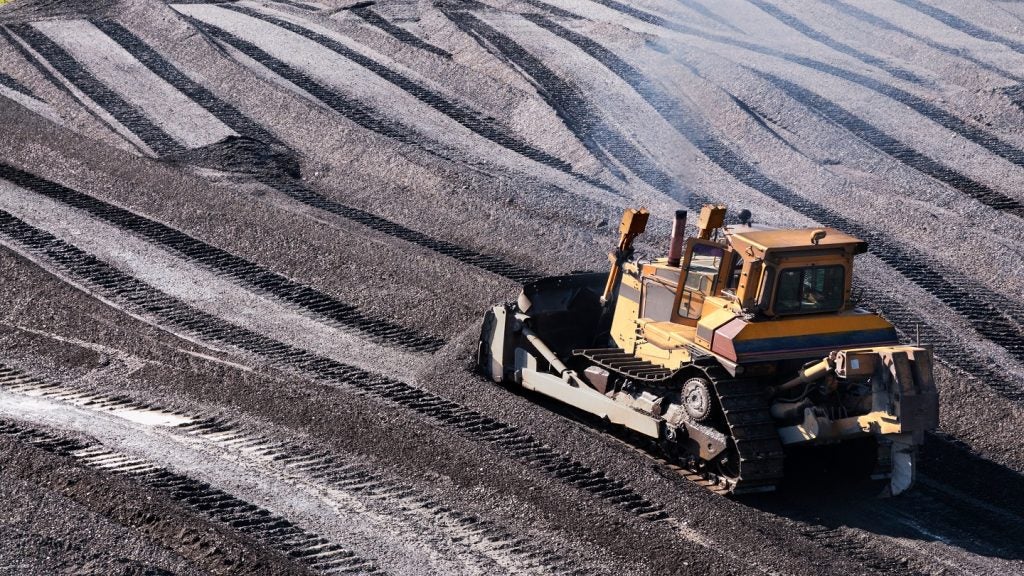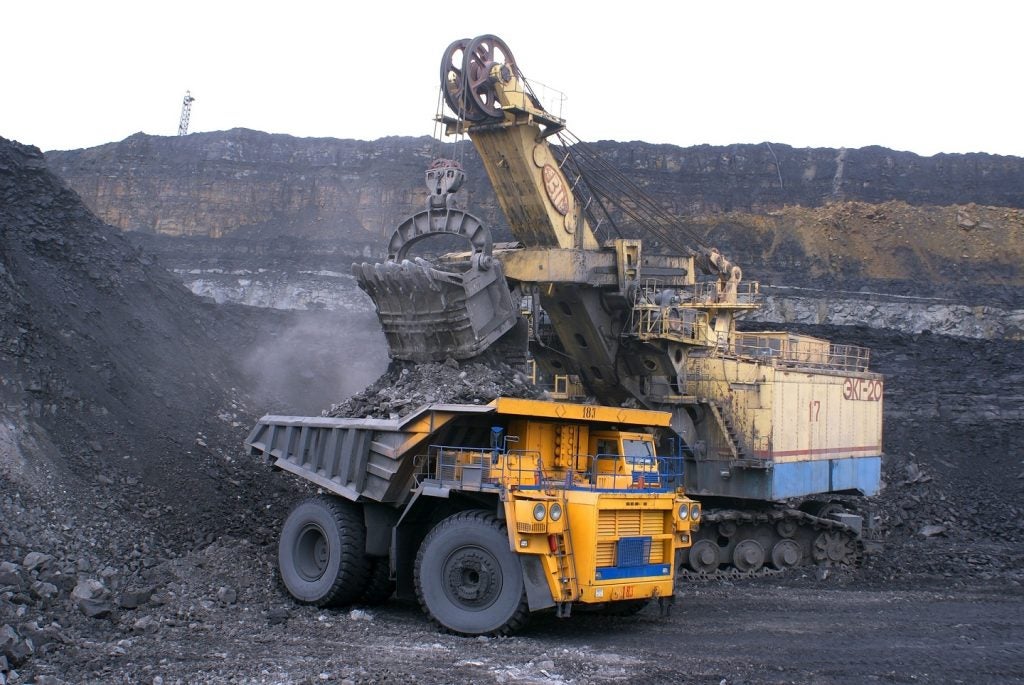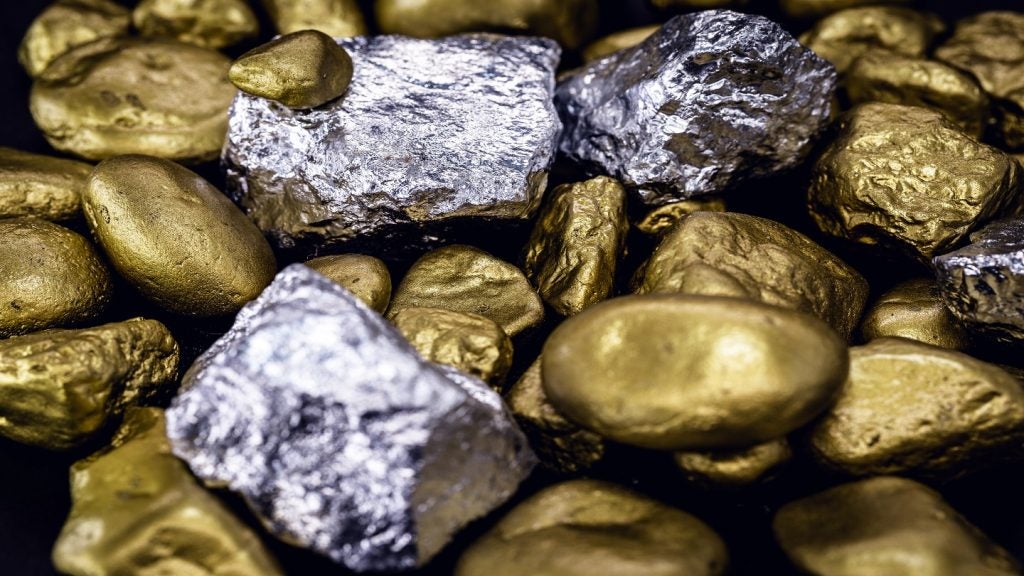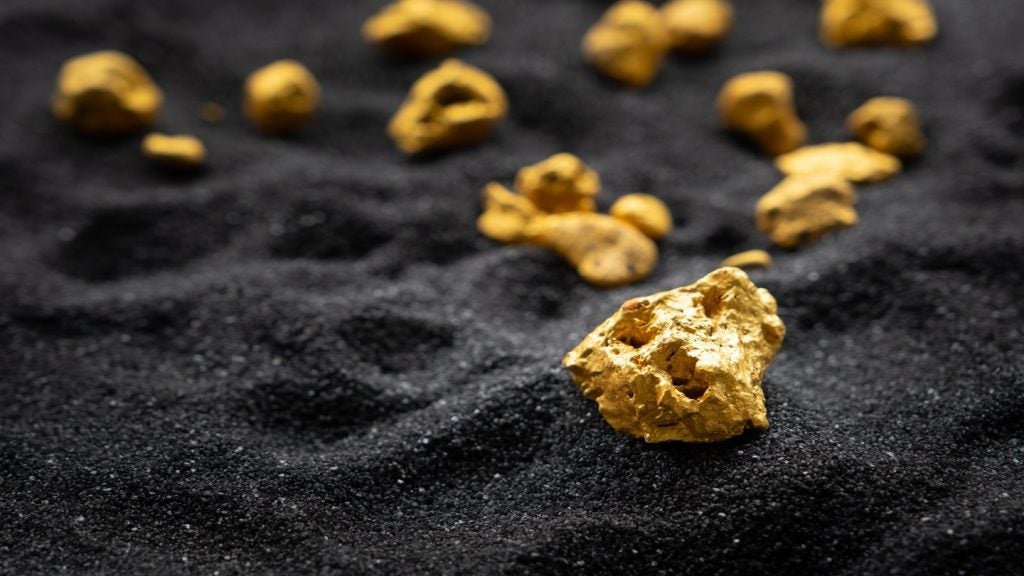
Aikhal
Aikhal located in Sakha (Yakutia), Republic of Russia, is the world’s biggest diamond mine. It comprises various deposits, including the Jubilee Pipe, Aikhal Pipe, Komsomolskaya Pipe, and Zaria Pipe, which together are estimated to contain 175.56 million carats (Mct) of proven and probable reserves as of July 2018.
The diamond mine is owned and operated by the Aikhal mining and processing division of Russian diamond company Alrosa. The Jubilee and Komsomolskaya pipes are mined through open-pit methods. The Jubilee pipe is currently operating at a depth of 390m and planned to reach an ultimate depth of 720m.
The Aikhal pipe was also mined through open-pit methods until 1997 before it switched to underground mining using the cut-and-fill mining method. The Zaria pipe is currently under development and will be mined through open-pit methods using selective mining. Commercial production from the open-pit is expected to commence in 2021.
Related Suppliers: Drilling and Blasting
Jwaneng
The Jwaneng diamond mine in Botswana is an open-pit mine located 160 miles south-west of Gaborone. It was estimated to contain proven and probable diamond reserves of 166.6Mct as of December 2018.
Owned by Debswana Diamond Company, a 50:50 partnership between De Beers (a part of Anglo American Group) and the Government of Botswana, Jwaneng is considered to be the world’s richest diamond mine in terms of value. The mine has been in production since 1982 and accounts for up to 70% of Debswana’s revenues. The company operates four diamond mines in Botswana.
The current operating depth of the Jwaneng pit is 400m. A major extension project, named Cut-9, is currently underway at Jwaneng to extend the mine’s life to at least 2034.
How well do you really know your competitors?
Access the most comprehensive Company Profiles on the market, powered by GlobalData. Save hours of research. Gain competitive edge.

Thank you!
Your download email will arrive shortly
Not ready to buy yet? Download a free sample
We are confident about the unique quality of our Company Profiles. However, we want you to make the most beneficial decision for your business, so we offer a free sample that you can download by submitting the below form
By GlobalDataUdachny
The Udachny diamond mine, located in the Yakutia region of Russia, ranks as the world’s third-largest diamond mine by reserve size. The mine is owned by Alrosa and operated by its Udachny mining and processing division.
The mine comprises the Udachnaya Pipe, Zarnitsa Pipe and the Verkhne-Munskoe deposit, which together are estimated to contain 164.46Mct of proven and probable reserves as of July 2018.
The open-pit operations at the Udachnaya pipe were commenced in 1971 and reserves were depleted by 2016. Longhole retreat stoping is currently being used at the mine to access the underground reserves. The Zarnitsa Pipe is an open-pit mining operation that uses conventional truck and shovel equipment. The mine is currently operating at a depth of 110m and designed to reach 200m.
The Verkhne-Munskoe deposit comprises five pipes including Zapolarnaya, Deimos, Novinka, Komsomolskaya-Magnitnaya, and Poiskovaya. The deposit was commissioned in October 2018 and the first gem-quality diamond was recovered from the Zapolarnaya pipe in November 2018.
Related Suppliers: Power Supply, Engines, Transmission and Drives
Nyurba
Nyurba is an open-pit mine located 200km northwest of Nyurba, Russia. It is owned by Alrosa and operated by the Nyurba mining and processing division.
The mine consists of three deposits, including Nyurbinskaya Pipe, Botuobinskaya Pipe and Maiskoye Kimberlite Body. They together contained an estimated 132.75Mct of proven and probable reserves as of July 2018.
The Nyurbinskaya pipe is mined through open-pit methods with its current depth reaching 345m and designed depth being 750m. Mining operations at Nyurbinskaya were commenced in 2000. The Botuobinskaya pipe lies 3km south of the Nyurbinskaya deposit. Overburden removal at the mine commenced in 2014 and production started in 2015.
The Maiskoye kimberlite deposit lies 3km south of the Botuobinskaya pipe. It is planned to be mined through open-pit methods with development scheduled for 2022.
Orapa
The Orapa diamond mine is located 240km west of Francistown, central Botswana. The open-pit mine was estimated to contain 131.2Mct of proven and probable reserves as of December 2018.
Producing since 1971, Orapa is the oldest of the four diamond mines operated by Debswana. Mining is currently being undertaken at a depth of 250m and is expected to reach 450m by 2026.
Debswana is currently conducting a detailed study to extend the mine life through a new open-pit named Cut 3. Mining activities under the project are expected to commence in January 2021 and will initially run for five years with a possibility to extend it until 2030.
Related Suppliers: Crushers, Breakers and Grinding Mills
Catoca
The Catoca diamond mine is an open-pit located near Saurimo, roughly 840km east of Luanda, Angola. It is estimated to contain up to 130Mct of mineable diamonds.
The diamond mine is operated by Sociedade Mineira de Catoca, a joint venture of Angola’s state-owned diamond company Endiama, Alrosa, and China-based company Lev Leviev International. The mine has been operational since 1993.
The Catoca mine produced 7.65Mct of diamonds from approximately 11.42Mt of ore in 2016, which accounted for 75% of Angola’s total diamond output. The operating depth at the open-pit mine currently exceeds 245m.
Ekati
The Ekati diamond mine is located in the Lac de Gras region of Northwest Territories in Canada. Operational since October 1998, it is the country’s first open-pit and underground diamond mine that started production.
Owned and operated by Dominion Diamond Mines, the Ekati diamond mine is estimated to contain 105.4Mct of proven and probable reserves as of January 2017. Mining activities during the initial years of development were focused on six surface mines, including Beartooth, Fox, Koala, Koala North, Misery and Panda, as well as three underground mines Koala, Koala North, and Panda.
The Koala, Lynx, Misery, Pigeon, and Sable are the only mines currently in operation. The Lynx, Pigeon, and Sable mines are mined through open-pit methods, while Koala is an underground operation. The Misery mine is to be converted into an underground operation.
The mine produced 67.8Mct in January 2017. The current mine life of Ekati is up to 2034, although the planned development of several deposits, including Fox Deep and Jay, are expected to extend the mine’s life to 2042.
Venetia
The Venetia diamond mine, located 80km from Musina in Limpopo Province of South Africa, had more than 92.4Mct of diamond reserves as of December 2018.
Venetia is the biggest diamond producing mine in South Africa. It produced 4.2Mct of diamonds in 2018. The deposit comprises 12 kimberlite pipes.
It is owned and operated by De Beers and has been in production since 1992. The open-pit operation is expected to continue up to 2021, after which it will be switched over to underground mining. The current mining depth is 450m covering an area of 3.8ha.
The Venetia underground mine life is expected to be more than 31 years. Excavation work for the underground operations was commenced in 2013 and with the decline tunnel reaching a depth of 2,400m in 2018. Production from the underground mine is expected to be started in 2022.
Lomonosov
The Lomonosov deposit is the biggest hard rock diamond deposit in Europe. Located in Arkhangelsk, Russia, the mine is owned by Alrosa and operated by its subsidiary PAO Severalmaz. It was estimated to contain 73.89Mct of proven and probable reserves as of July 2018.
The mine consists of six kimberlite pipes of which two pipes, Arkhangelskaya and Karpinskogo-1, are currently being developed. The Arkhangelskaya pipe was discovered in 1980 and open-pit mining using conventional truck and shovel methods commenced in 2005.
The Karpinskogo-1 pipe is located approximately 2km north-west of the Arkhangelskaya pipe. Stripping operations began in 2009 with mining operations starting in 2014.
Mir
Mir or Mirny is another diamond mine located in the Yakutia region of Russia. The underground diamond mine was estimated to contain 57.77Mct of proven and probable diamond reserves as of July 2018.
The diamond mine is owned and operated by the Mirny mining and processing division of Alrosa. It extracts diamond ore from the Mir kimberlite pipe, the International pipe, and the Irelyakh, Gornoye and Vodorazdelnye Galechniki placer deposits.
The Mir pipe was discovered in 1955 while open-pit mining was started in 1957 and closed in 2001. Underground mining was commenced in 2009, but an accident in August 2017 led to the flooding of the mine, halting the production. Alrosa is currently reviewing the possibilities of developing a safe mining operation at the mine, which is not scheduled to resume production until 2030.
The International pipe was earlier mined through open-pit mining methods, which ceased in 2011. It is currently being mined through underground cut-and-fill mining methods in three phases. The Irelyakh, Gornoye, and Vodorazdelnye Galechniki placer deposits are mined through open-pit mining methods.
Related content
Top 10 deep open-pit mines
The deepest open pit mines are scattered geographically across the world unlike the deepest underground mines, which are mostly concentrated in South Africa.
The top 10 gold producing countries
The ten largest gold producing countries accounted for about 65% of global gold output in 2012.








